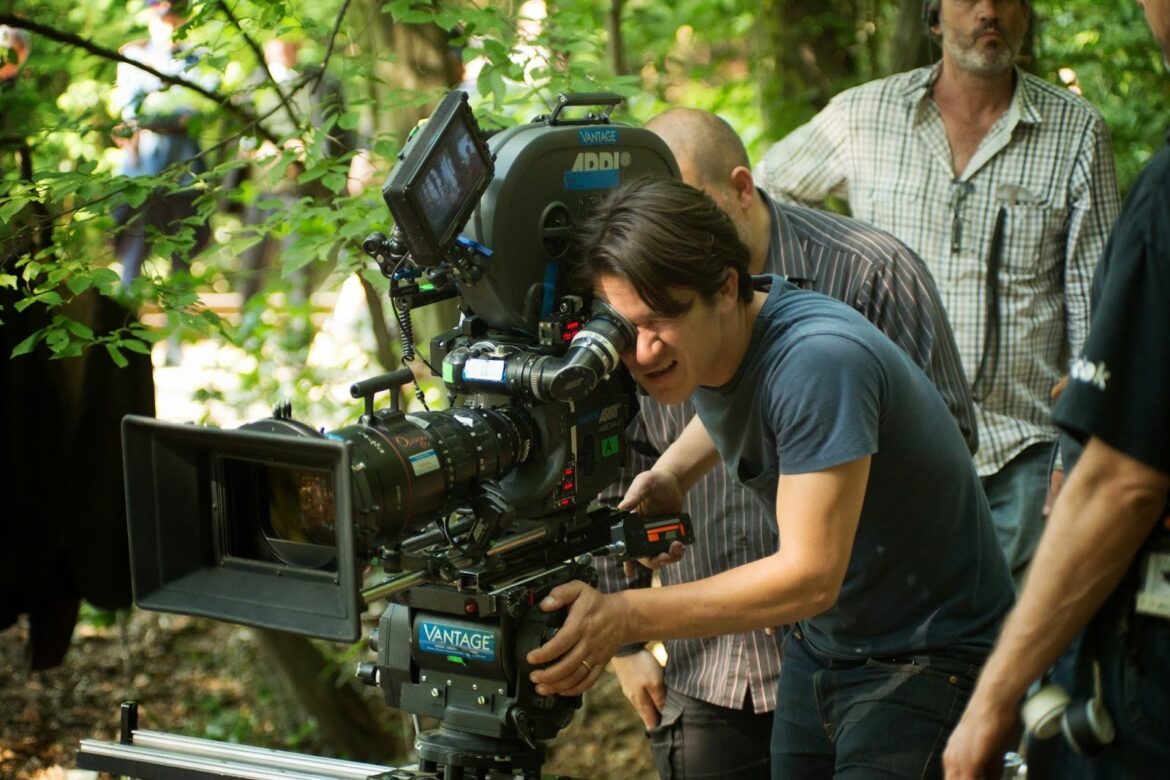Director Robert Rodriguez is known for completing his shots quickly. He describes his process as one long day at work, starting with shooting and moving to editing on the same day. He likes being able to review his work as it’s being produced so he knows what the final product will look like. Compare that to someone like George Lucas, who spends a lot of time and budget in post-production,Moivematric and it’s easy to see that technology has taken cinema in very different directions.
Perhaps the biggest impact of technology is being felt in new cameras that allow cinematographers to shoot in high definition, allowing viewers to do more amazing things in set design. Technology now powers all parts of the movie as well, enabling movies that weren’t possible before. These are some examples in which technology has an advanced cinema.
Bills
The film is the preferred medium of old-school filmmakers, but it’s often too expensive for a studio to sanction. The film has several disadvantages, which reduce the authenticity of the filmmaker. Adding to the expense, the film is impossible to reuse. This means that there must be footage from a day of shooting that the team can use, otherwise all the resources used that day are wasted. The expenses of the film do not end on the day of the shoot either. Cinematographers using film must produce it, and then there’s the expensive process of editing the film.
Going digital in a big way means moving away from the big canisters of film that used to be synonymous with cinema. It also means production companies complete their filming schedules with less waste, keeping the entire project under or close to budget.
Edition
Post-production is another area where digital is driving the use of film. Adding visual effects to film was often a precise art, where the effect had to blend seamlessly with what was being shot. It was a laborious process that publishers no longer go through. Digital effects are created within the same program or family of programs and added to the shot. The software also allows editors to work on parts of a movie, easily stitching scenes together after adding post-production effects. It also includes audio, now a high-definition digital file that ensures the audience will hear every word and action. They see.
The end result is a clean-looking piece of film, with effects that blend perfectly with the film. Audiences generally can’t tell when CGI has been used, but it’s a powerful tool that filmmakers have increasingly used to create an atmosphere.
shooting
Shooting digitally is much easier because you can do more in less time. Multiple cameras can be run on the same shot, so you always get the angle you want without wasting time on replays. I love shooting digitally because it makes it easy to shoot multiple takes and get multiple angles cheaply. A director’s bread and butter is speed and performance. I love being able to photograph everything. Even, with the permission of the actors, rehearsals. You never know which snippets you’ll be able to use in later editions.
Combined with the new steady camera equipment that has favored the film, the end result is a more intimate shot. The audience feels present in the moment because the lens through which we are allowed to see it feels authentic. Filmmakers also spend less time reshooting the same scene to get the angle right.
Distribution
Digital movie distribution has not reached the level of which it is capable, but the independent filmmaker will benefit in particular. Distribution via YouTube has long been the most common form of marketing. Studios have released big-budget trailers, while independent filmmakers have sought funding and interested eyes to post content across various YouTube channels. Of course, the downside is that the quality drops significantly, but that’s more a function of volume. YouTubers also build popularity with their thumbs, helping others find new and interesting content without wasting a lot of time.
Film rights are already distributed digitally to consumers, but this market is not fully exploited. There’s a lot of debate about the future of movie consumption, but companies seem ready to distribute movies online. The 2011 film Tower Heist with Ben Stiller was almost released to Comcast subscribers at the same time as its theatrical release, but the idea was scrapped when several theaters threatened not to show the film in protest. While digital promises an exciting new m

